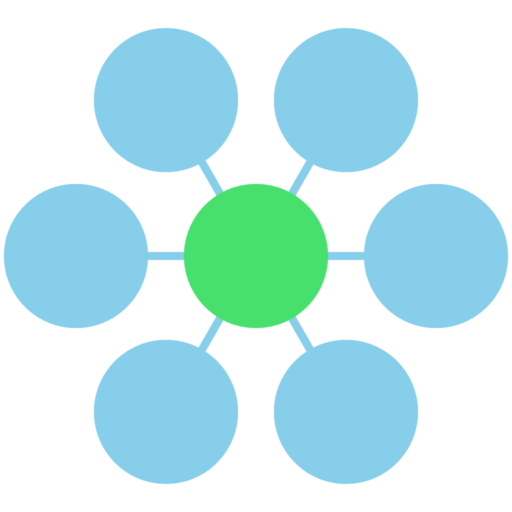The ROAMER Model has four aspects which contain two key inputs, a human at the center, six satellite activities, and a final hand-off stage. The four aspects are shown below:
Digging Deeper
The ROAMER Model© is expressed as an acronym to make it easy to remember. However, the model encourages access to any activity during the iterative process of working through a problem – this is known as “roaming.” The individual activities in the ROAMER Model are: Retrieve, Observe, Analyze, Make, Evaluate, and Review.
An overview of the complete model can be seen below, with brief descriptions of the six activities in the model.

Origins
Asking about the origin of an idea for work ensures you have a reference point to begin understanding why the idea for the work exists. For instance: Who thought of the idea? Who saw the opportunity? Are there other stakeholders?
To discover some of the methods you can use to evaluate work at the start, follow the link below.
Outcomes
Identifying desired outcomes is especially important at the beginning of work, because it establishes how the work will be measured. For instance: What are the success criteria? Do metrics already exist? What measurement framework should be used to determine success?
To discover some of the methods you can use to define outcomes, follow the link below.
Humans
Keeping humans at the center is essential to success in the ROAMER Model – it ensures that any methods that are used in any part of the model are sensitive to human needs. Additionally, any solution created or improved should have a direct impact on the humans affected.
To learn more about how to build solutions around human-centered practices, follow the link below.
Retrieve
The purpose of the retrieve phase is to locate and evaluate existing data, as well as to review anything that has already been documented about the work. Retrieving in the ROAMER Model is all about looking back and making sure you know where existing data is located, who owns it, and what it can tell you about the work.
To learn more about retrieving existing data and insights, follow the link below.
Observe
Observations in the ROAMER Model are intended to serve the purpose of driving focus back to the humans who are affected by the new or improved solution. Observation can take the form of actively watching humans in a facilitated circumstance during an experience, or it can be looking for changes in analytics patterns as the result of making changes in an experience.
To learn more about making observations, follow the link below.
Analyze
Purposeful analysis is important to the ROAMER Model because it encourages the synthesis of research and observations. Analysis allows you to have a clear picture of the insights that have been captured so that you can define the work you have ahead of you. Additionally, the output of insights as a result of conducting analysis are a great way to tell the story of why an experience should be built or improved.
To learn more about conducting analysis, follow the link below.
Make
Making things is very exciting. As humans we feel rewarded when we create a solution for something. However, when we are conducting the work of innovation, it’s important to ensure you know why you are making something, what you are making, and how you will know if what you make will fulfill its promise. There are many ways to make things, from low-fidelity physical prototypes to clay models, and even very refined designs.
To learn more about the making phase, follow the link below.
Evaluate
Evaluating what has been made is important to iterating during innovation. It encourages you to look at what has been created and to be thoughtful about how it can be changed or improved. The process of evaluation can include looking at how humans use what has been created, but it can also include looking at data behind its usage, such as analytics
To learn more about evaluating what has been made, follow the link below.
Review
Looking back on work that is completed or parts of the process is important because it provides a view into how contributors can improve. Whether it is improving the quality of work or improving how they work together, being intentional about reviewing past performance is critical.
To learn more about the review process, follow the link below.
Handoff
Once your work meets the criteria for being completed, it’s time to hand it off to the people who will turn it into a reality. These can be the people responsible for commercializing, getting adoption, socializing, or engineering the end solution.
